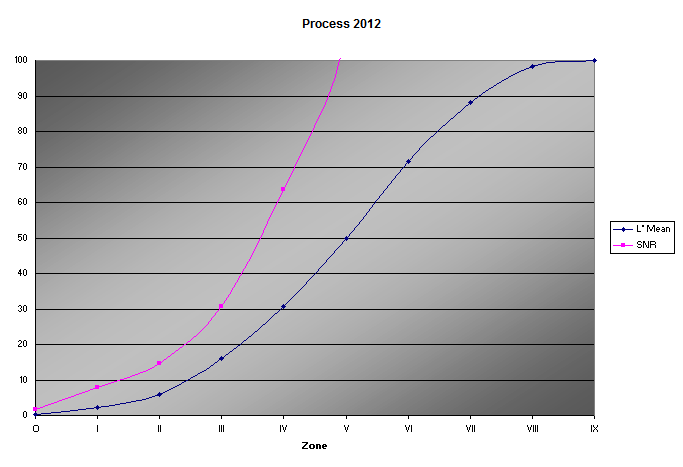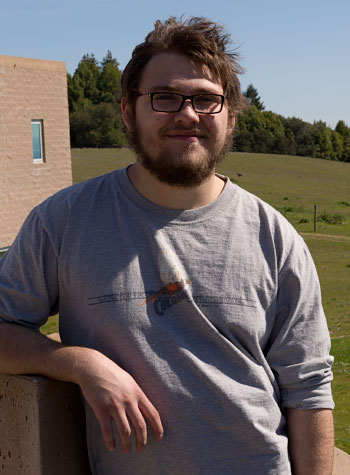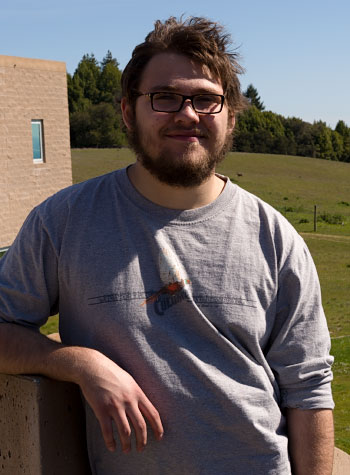
Process 2012
I have tried to like Lightroom. And there are certainly things about it to like, such as the new L*a*b* measurement option. If the RAW conversion offered some advantage over that of Adobe Camera Raw (they use the same engine), I would definitely use it. However, for me, this is not the case. Part of my opinion is based on the fact that all I ask of a RAW converter is to get the colors and values in place so Photoshop and tools like Adaptive Histogram EQ and Very High Radius Unsharp Mask can take it from there; I don’t use local adjustments during RAW conversion. Those who use the converted images as the final product, or who have a large catalog of images to manage, may think differently.
One way that an up-to-date version of Lightroom would differ from my Photoshop CS5 is process 2012. The Camera Raw conversion parameters that I have used here are all based on process 2010; the two exist side-by-side in Lightrooms 4 and 5. The controls in 2012 are different, symmetrical and arguably more logical. But, very importantly for zone system calibration, they are adaptive, meaning that they adjust themselves to the image, and have different effects on different images. Here is a summary of the various effects, which you can see for yourself by looking at a full-scale histogram while playing with the controls.
Process 2010:
• Exposure stretches the entire histogram to the right, with the left end fixed (like film development);
• Recovery preferentially compresses the highlights;
• Fill Light preferentially compresses the shadows;
• Blacks preferentially stretches the shadows;
• Brightness stretches the entire histogram by moving the midpoint with both ends fixed (a simple curve);
• Contrast stretches the entire histogram out from the middle with the ends fixed (an s-curve).
The medium contrast curve appears to be the most natural.
To calibrate the response curve, one uses Exposure to set the highlight threshold value on 98, Blacks to set
the shadow threshold value on 2, and Brightness to center middle gray on 50. The process is iterated until the
values are all properly placed.
Process 2012:
• Exposure moves the entire histogram back and forth, with neither end fixed (unlike anything in 2010);
• Contrast is the same as in process 2010;
• Highlights preferentially stretches and compresses the top half of the histogram;
• Shadows preferentially stretches and compresses the bottom half of the histogram (the opposite of Highlights);
• Whites stretches the entire histogram to the right, with the left end fixed (like 2010’s Exposure);
• Blacks stretches the entire histogram to the left, with the right end fixed (the opposite of Whites).
The linear contrast curve appears to be the most natural.
In process 2012, it makes more sense to start by using Whites to set the highlight threshold and Blacks
to set the shadow threshold, then to use Exposure to set middle gray, iterating the process as above.
Here is the curve that I got using process 2012 on D700 images. It is pretty straighforward:

I compared it with the 2010 curve and tweaked the settings a little to make them as similar as possible. The resulting zone rulers could not be much more alike:
 
|
||||||||||
| O | I | II | III | IV | V | VI | VII | VIII | IX | |
However, the controls produce noticeably different effects when applied to a full-scale image (as opposed to a series of uniform zone exposures). Below are the results of applying each set of parameters, with no subsequent modification. Process 2012 clearly has more contrast, with deeper shadows and harsher, slightly blown highlights. In other words, the response curve is not the same as it was before. Note the back of the right hand, for example. (Move your mouse over the images to reverse them.)
| Process 2010 | Process 2012 |
 |
 |
Of course, one would probably make some more adjustments to either image. And if the process 2012 controls work better for you for actual image editing, by all means use them. But they are not suitable for characterization and calibration of one’s system, or for a “control freak” in general, because they are adaptive and do not provide a fixed baseline.